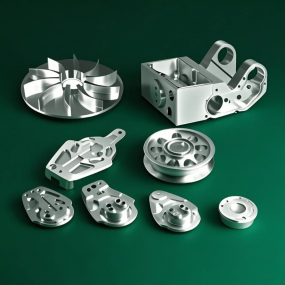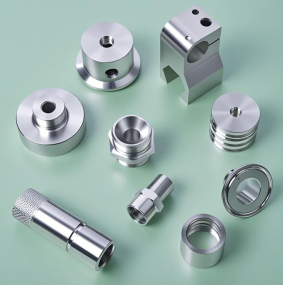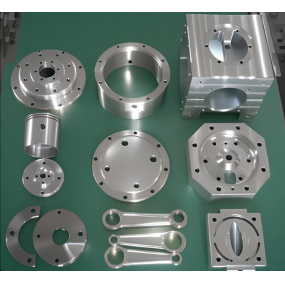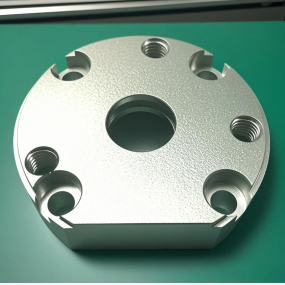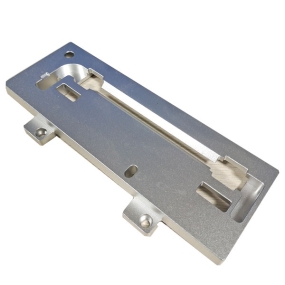The punching flanging of stamping products in stamping parts manufacturers is generally mainly to prepare for the next step of tapping or other processes. In the general flanging process, there are often a series of problems such as cracking, burrs, deformation, etc. In fact, punching flanging is very simple, and noticing these can produce delicate edges:
1. The degree of deformation of the flanging of the inner hole of the stamping part should not be too large
Punching flanging is a stamping method in which the blank with holes is punched in advance (sometimes without punching in advance), and the flanging is turned into an upright flange along the edge of the hole. The dominant and mandatory deformation of the flanging of the hole is the tensile deformation of the material along the tangential direction, and the closer it is to the mouth, the greater the deformation and the greater the thinning. Therefore, the disadvantage of cracking of the hole edge is prone to occur. In order to prevent the edge of the hole from cracking, the stamping part manufacturer can make the deformation of the flanging of the inner hole of the stamping part at one time not too large. If the flanging height is large, it can be flanged several times.
2. The flanging coefficient of punching flanging should not be too small
In punching flanging, the degree of deformation is indicated by the ratio of the hole diameter before flanging to the hole diameter after flanging, that is, the flanging coefficient K. Obviously, the larger the value of K, the smaller the degree of deformation, the smaller the value of K, the greater the degree of deformation, and the more likely the edge of the hole is to break. The sufficient value of the maximum degree of deformation that can be achieved without breaking the edge of the hole during flanging is called the allowable limit flanging coefficient. In order to prevent the edge from cracking, the flanging coefficient of the hole should not be too small, but should be greater than the limit flanging coefficient. The production practice shows that the limit flanging coefficient is not only related to the type and function of the material, but also related to the processing properties and conditions of the prefabricated holes (drilling or punching, with or without burrs), the relative thickness of the blank, and the shape of the flanging punch. 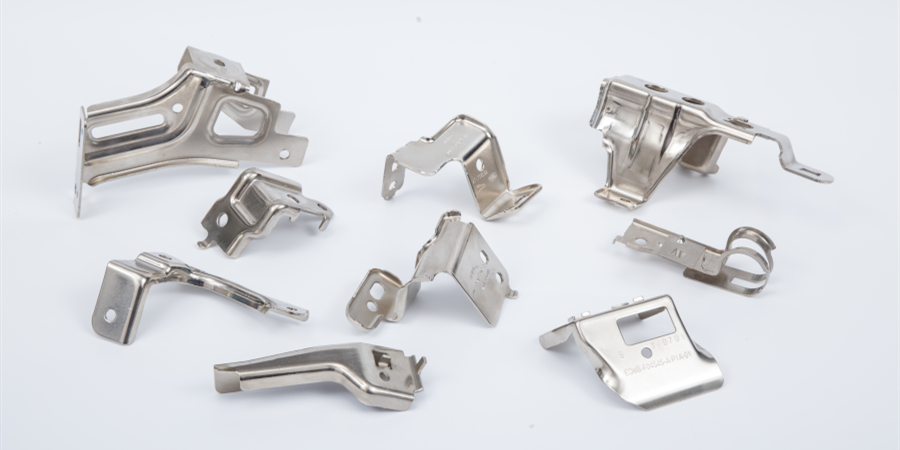 3. The flanging height of punching flanging should not be too large
3. The flanging height of punching flanging should not be too large
The flanging height of the punching should generally not be greater than the limit value, otherwise, the edge of the flanging is easy to crack. If the height of the stamping part is required to be greater than the limit value, it cannot be directly flanged at one time. At this time, if it is a small hole flanging of a single blank, the stamping part manufacturer should use a flanging with thinning walls, such as self-tapping screw flanging. If it is a flanging of a large hole, use the method of deep drawing, punching the bottom hole and then flanging.
4. The pre-hole of punching flanging should not have large burrs
The processing quality of punching and flanging pre-holes has a great impact on the limit flanging coefficient. For pre-holes that are deburred after drilling, the limit flanging coefficient is small, which is beneficial to the flanging formation. If there are burrs in the pre-holes punched with punching dies, the limit flanging coefficient is large, which is unfavorable to the flanging. At this time, if the required flanging coefficient is small, it is very easy to cause the flanging cracking. The side with burrs should be facing up, and then the flanging can reduce the phenomenon of flanging cracking.
This article is from EMAR Mold Co., Ltd. For more EMAR related information, please click: www.sjt-ic.com!


 Spanish
Spanish Arabic
Arabic French
French Portuguese
Portuguese Belarusian
Belarusian Japanese
Japanese Russian
Russian Malay
Malay Icelandic
Icelandic Bulgarian
Bulgarian Azerbaijani
Azerbaijani Estonian
Estonian Irish
Irish Polish
Polish Persian
Persian Boolean
Boolean Danish
Danish German
German Filipino
Filipino Finnish
Finnish Korean
Korean Dutch
Dutch Galician
Galician Catalan
Catalan Czech
Czech Croatian
Croatian Latin
Latin Latvian
Latvian Romanian
Romanian Maltese
Maltese Macedonian
Macedonian Norwegian
Norwegian Swedish
Swedish Serbian
Serbian Slovak
Slovak Slovenian
Slovenian Swahili
Swahili Thai
Thai Turkish
Turkish Welsh
Welsh Urdu
Urdu Ukrainian
Ukrainian Greek
Greek Hungarian
Hungarian Italian
Italian Yiddish
Yiddish Indonesian
Indonesian Vietnamese
Vietnamese Haitian Creole
Haitian Creole Spanish Basque
Spanish Basque

